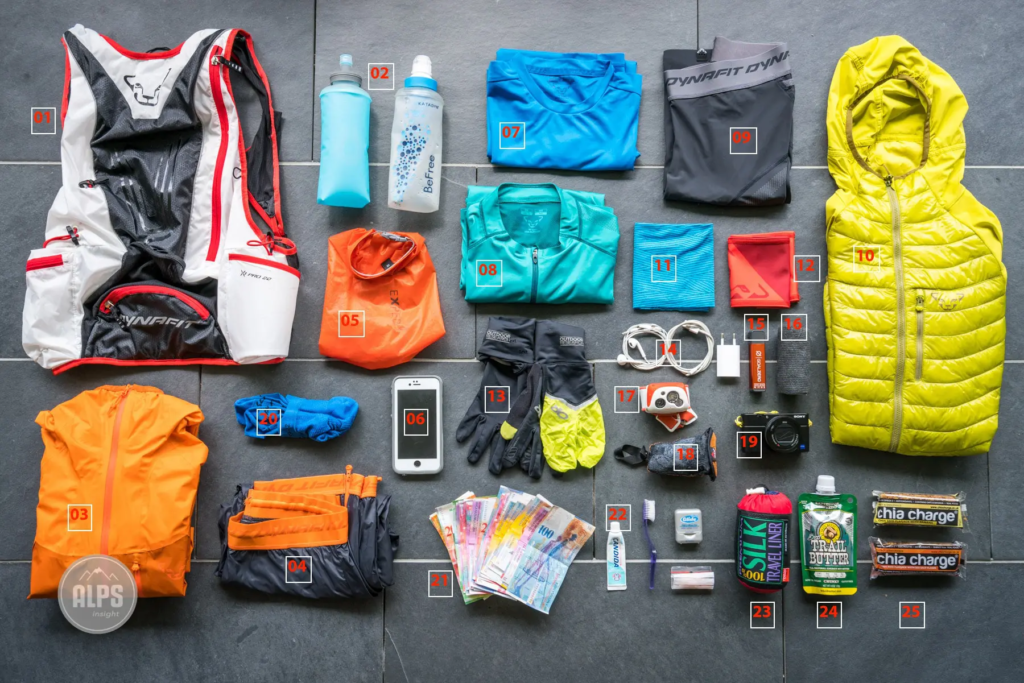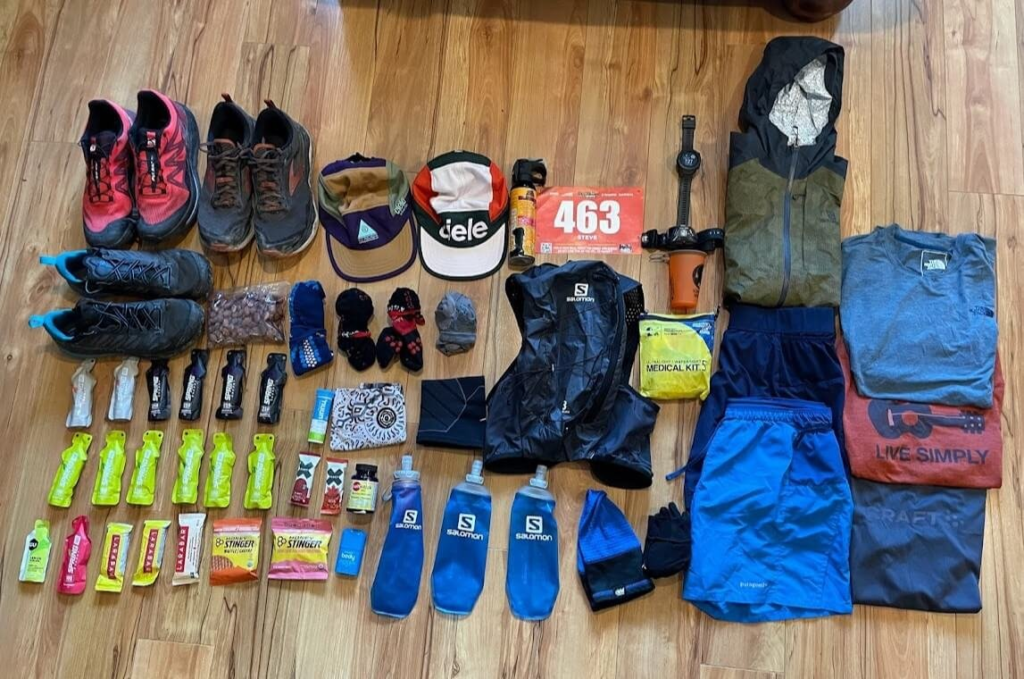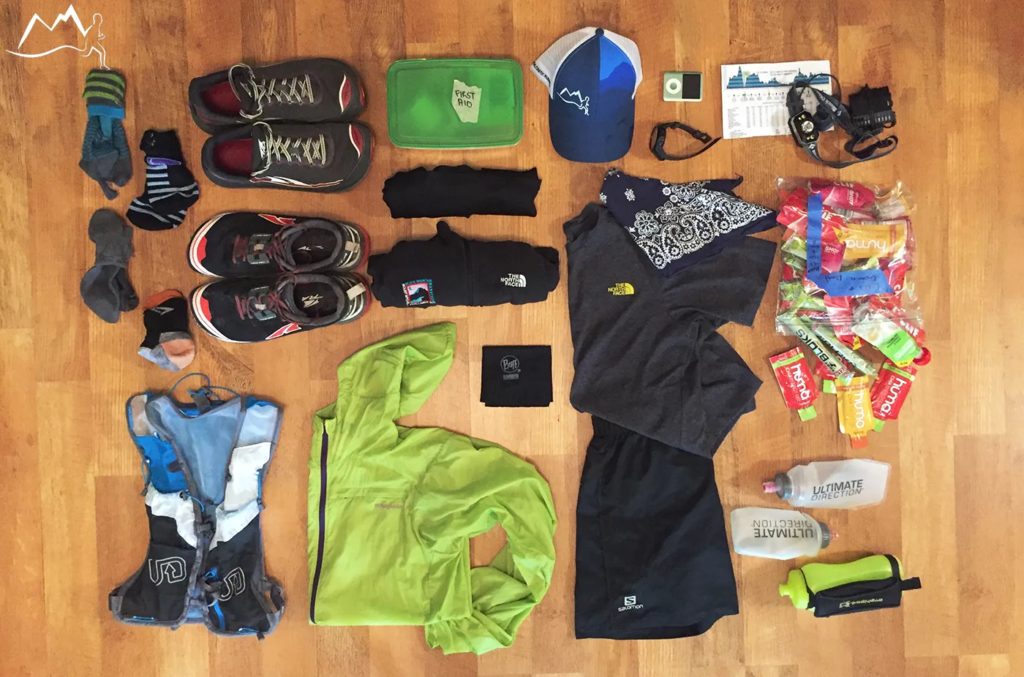Trail running, an exhilarating and immersive outdoor activity, offers a unique way to explore natural landscapes while achieving physical fitness. Unlike road running, which is characterized by its predictable and smooth surfaces, trail running involves navigating diverse terrains such as rocky paths, muddy trails, and steep inclines. This diversity not only challenges your physical capabilities but also enhances your connection with nature. For beginners, embarking on a trail running journey requires understanding essential gear, safety considerations, and effective training techniques.

This guide provides an in-depth look into trail running for beginners. It covers the fundamental gear needed to get started, safety tips to ensure a secure and enjoyable experience, and training techniques to build endurance and improve performance. Whether you are looking to escape city life, challenge yourself with a new fitness routine, or simply enjoy the great outdoors, this comprehensive guide will equip you with the knowledge and confidence to start your trail running adventure.
Essential Gear for Trail Running

1. Trail Running Shoes
Importance of Proper Footwear
Trail running shoes are designed to provide traction, support, and protection on uneven and challenging surfaces. Unlike road running shoes, trail shoes offer features specifically suited for off-road conditions.
- Traction: Trail running shoes come with aggressive tread patterns and rubber outsoles that enhance grip on loose or slippery surfaces. This reduces the risk of slipping and improves stability.
- Support and Cushioning: Trail shoes often have additional cushioning and support to handle the impact of uneven terrain and provide comfort during long runs.
- Protection: Features such as toe caps and rock plates protect your feet from sharp objects, stones, and roots that can cause injuries.
Key Features to Look For
- Outsole: Look for deep lugs or a multi-directional tread pattern that provides excellent grip.
- Midsole: Ensure adequate cushioning and support for comfort and shock absorption.
- Upper: A breathable, durable upper with a secure fit helps prevent debris from entering the shoe.
2. Hydration Gear
Importance of Staying Hydrated
Hydration is crucial for maintaining energy levels and preventing dehydration, especially during longer trail runs. Proper hydration gear ensures that you have easy access to water and other fluids.
- Hydration Packs: Hydration packs or backpacks with built-in water reservoirs are ideal for carrying sufficient water on longer runs. They also offer additional storage for essentials like food, maps, and first aid kits.
- Hydration Belts: Hydration belts are a lighter alternative, featuring small bottles that you can easily access while running. They are suitable for shorter runs or when you prefer minimal gear.
Choosing the Right Hydration Gear
- Capacity: Choose a hydration pack with a reservoir size that matches the duration of your run. For short runs, a 1-2 liter reservoir may suffice, while longer runs may require larger capacities.
- Comfort: Ensure that the pack or belt fits securely and comfortably, without bouncing or causing discomfort.
3. Clothing and Layers
Layering for Weather Conditions
Trail running often involves varying weather conditions and temperatures. Dressing in layers allows you to adjust your clothing according to the weather and your activity level.
- Base Layer: A moisture-wicking base layer helps keep sweat away from your skin, maintaining comfort and preventing chafing.
- Mid Layer: A lightweight, insulating layer provides warmth in cooler conditions. Fleece or softshell jackets are good options.
- Outer Layer: A waterproof or windproof outer layer protects you from rain, wind, and other elements. Look for breathable fabrics to prevent overheating.
Additional Clothing Considerations
- Hats and Gloves: Depending on the weather, hats and gloves can provide additional protection and warmth.
- Socks: Opt for moisture-wicking, cushioned socks to prevent blisters and keep your feet dry.
4. Navigation Tools
Importance of Navigation
Trail running often involves navigating unfamiliar and sometimes remote trails. Having reliable navigation tools ensures that you stay on track and avoid getting lost.
- Maps and Compass: Traditional navigation tools such as maps and compasses are essential for backcountry trails. They provide a clear understanding of the terrain and help you orient yourself.
- GPS Devices: Handheld GPS devices or GPS-enabled watches offer real-time tracking and navigation. They can be particularly useful for longer or more complex trails.
Choosing the Right Navigation Tools
- GPS Watches: Look for GPS watches with features such as route planning, distance tracking, and heart rate monitoring. They provide comprehensive data and real-time navigation.
- Smartphones: If using a smartphone, ensure that it has a reliable GPS app and sufficient battery life for your run.

Safety Tips for Trail Running
1. Know Your Limits
Understanding Your Capabilities
Trail running can be physically demanding, especially on challenging terrains. It’s important to understand your current fitness level and gradually build up your capabilities.
- Start Slow: Begin with shorter, less challenging trails and gradually progress to more difficult routes as you gain experience and confidence.
- Listen to Your Body: Pay attention to signs of fatigue or discomfort and adjust your pace or route accordingly.
2. Plan Your Route
Importance of Route Planning
Planning your route in advance helps ensure a safe and enjoyable trail running experience.
- Research Trails: Familiarize yourself with the trail’s difficulty, length, and terrain. Online resources, guidebooks, and local running clubs can provide valuable information.
- Check Weather Conditions: Be aware of the weather forecast and trail conditions before heading out. Avoid trails that are prone to flooding or severe weather.
3. Inform Someone of Your Plans
Safety Precautions
Informing someone of your plans helps ensure that help can be summoned if needed.
- Leave a Trip Plan: Share your planned route, estimated duration, and emergency contact information with a friend or family member.
- Emergency Contacts: Carry a phone with emergency contact numbers and know the local emergency services available on your route.
4. Be Aware of Wildlife
Interacting with Wildlife
Trail running often takes you through natural habitats where wildlife may be present. Being aware of wildlife and knowing how to react can prevent dangerous encounters.
- Avoid Feeding Wildlife: Feeding wildlife can alter their natural behavior and lead to dangerous situations. Maintain a safe distance and avoid interactions.
- Know Local Wildlife: Research the types of wildlife in the area and learn how to handle potential encounters.
5. Carry Essential Safety Gear
Must-Have Safety Items
Carrying essential safety gear ensures that you are prepared for unexpected situations.
- First Aid Kit: A basic first aid kit should include items such as bandages, antiseptic wipes, blister treatment, and any personal medications.
- Whistle: A whistle can be used to signal for help or alert others in case of an emergency.
- Headlamp or Flashlight: If running in low-light conditions or at night, a headlamp or flashlight provides visibility and ensures you can see and be seen.
Training Techniques for Trail Running
1. Build Endurance
Importance of Endurance Training
Endurance is crucial for trail running, as it allows you to maintain a steady pace and handle longer distances and varied terrain.
- Long Runs: Incorporate longer runs into your training routine to build endurance and improve your ability to handle extended periods of activity.
- Hill Training: Running on hills and inclines builds strength and endurance, preparing you for the challenges of trail running.
2. Improve Strength and Stability
Strength Training for Trail Running
Strength and stability training enhances your ability to navigate uneven terrain and reduces the risk of injuries.
- Leg Strength: Focus on exercises that strengthen your legs, such as squats, lunges, and step-ups. Strong legs improve your climbing ability and overall performance.
- Core Stability: Core exercises, such as planks and Russian twists, improve stability and balance, which are essential for handling rugged trails.
3. Practice Technique and Form
Enhancing Trail Running Technique
Proper technique and form contribute to efficiency and reduce the risk of injuries.
- Foot Placement: Practice proper foot placement to navigate uneven surfaces effectively. Aim for a light and quick foot strike to minimize impact.
- Arm Swing: Use your arms for balance and momentum. Swing your arms naturally to help propel yourself forward and maintain stability.
4. Incorporate Interval Training
Benefits of Interval Training
Interval training improves speed, strength, and overall performance by alternating between high-intensity and recovery periods.
- Hill Intervals: Run uphill at a high intensity, followed by a recovery period on flat terrain or downhill. This technique builds strength and cardiovascular fitness.
- Speed Work: Incorporate short, intense bursts of running followed by recovery intervals. This helps improve speed and running efficiency.
5. Cross-Training
Importance of Cross-Training
Cross-training enhances overall fitness and reduces the risk of overuse injuries by incorporating different types of exercise.
- Cycling and Swimming: Activities such as cycling and swimming provide a cardiovascular workout while reducing impact on the joints. They complement trail running by improving overall fitness.
- Yoga: Yoga improves flexibility, balance, and mental focus. Incorporate yoga sessions to enhance recovery and prevent injuries.

Conclusion
Trail running offers a rewarding and adventurous way to experience the outdoors while achieving physical fitness. For beginners, understanding essential gear, safety tips, and training techniques is crucial for a successful and enjoyable trail running experience.
By selecting the right gear, staying aware of safety considerations, and following effective training methods, you can confidently embark on your trail running journey. The challenge of navigating diverse terrains and the beauty of nature make trail running a unique and fulfilling activity
As you continue to develop your skills and knowledge, trail running will not only improve your fitness but also deepen your appreciation for the natural world. Embrace the adventure, stay safe, and enjoy the incredible journey that trail running offers.
For more such content, keep visiting QAWire


